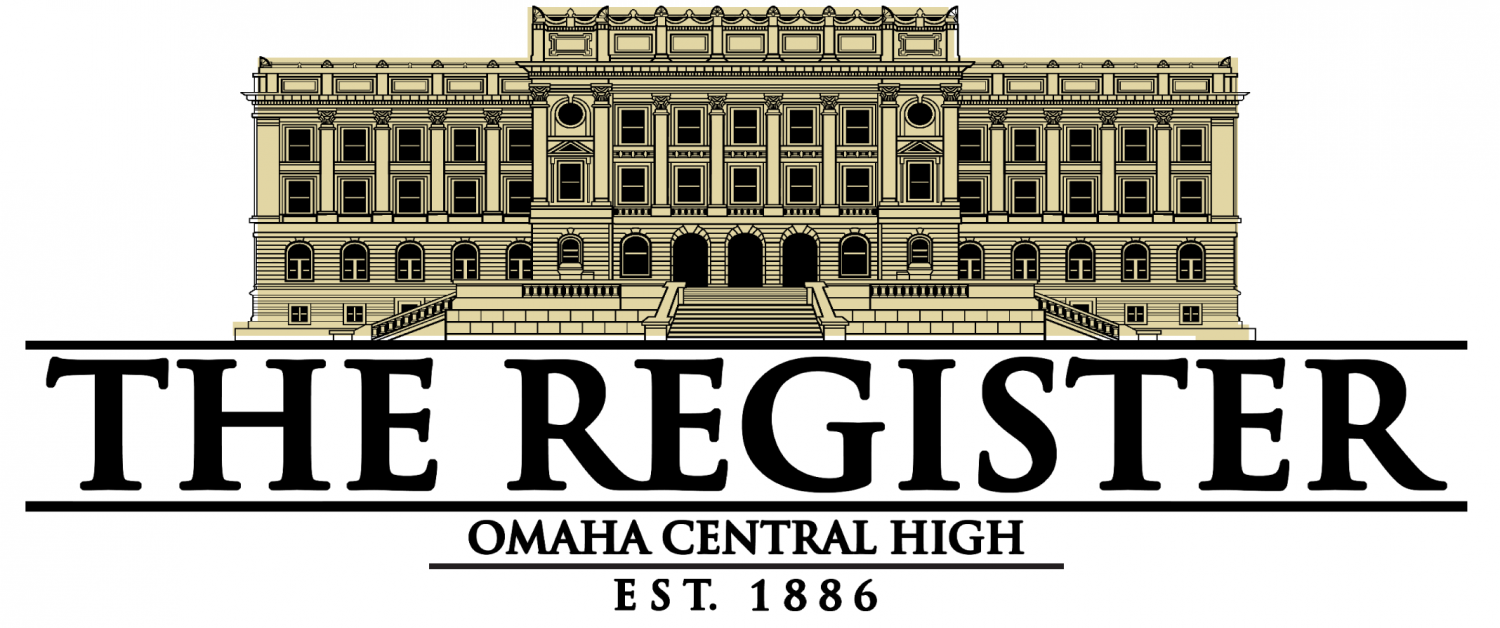Your donation will support the student journalists of Omaha Central High School. Your contribution will allow us to purchase equipment and cover our annual website hosting costs.
TANF fails to assist poverty-stricken families
April 25, 2022
TANF (Temporary Assistance for Needy Families) is a federal level government assistance program, and it needs reworking, both at the federal and state levels. Its reach continues to shrink, even amid the increase in those living in poverty due to the pandemic.
The federal government provides grants to states to run the TANF program. Its four main goals are to provide assistance to needy families so that children may be cared for in their own homes, end dependency of needy parents on government benefits by promoting work and marriage, prevent pregnancies out of wedlock and encourage two parent families.
Much of the assistance for TANF families comes in the form of cash, which creates problems within itself. The federal block grant has stayed at an annual $16.5 billion with no adjustment for inflation, meaning it cannot reach as many families as it did at its conception in 1996.
Center on Budget and Policy Priorities (CBPP) finds that because of inflation, even the maximum TANF benefits for a family of three cover just a fraction of the estimated cost of housing, which is only one of the basic needs that a family must meet. Thus, there is a major gap between what those in poverty need and what they are receiving in terms of assistance.
As of July 2021, the federal poverty line for a family of three was $1830 per month. Nebraska’s maximum TANF benefit only accounts for about 25 percent of this amount, meaning that poverty-stricken families must find a way to make up the remaining 75 percent before not being labeled as a family in poverty.
Within Nebraska, TANF’s reach continues to shrink. In 2020 only 20 percent of Nebraska families who applied for TANF received any form of assistance, 48 percent lower than in 1996 and one percent lower than the national average. If TANF reached the same percentage of families as in 1996, 8587 more families would be receiving assistance, as found by the CBPP.
Nebraska’s TANF money is used to fund the Aid to Dependent Children program, also known as ADC. Voices for Children found that ADC helps only one in two Nebraska children living in extreme poverty and one in five Nebraska children living in poverty. These numbers leave thousands of Nebraska families without any form of government assistance, essentially a message that the government does not care for their well-being.
There are also racial disparities that can be observed in TANF’s assistance reach. The CBPP has observed that 41 percent of the nation’s black children live in states where TANF helps less than 10 percent of families in poverty compared to 28 percent of white children.
Black families overall are likelier to live in states where they would receive the lowest benefit levels, which do very little to meet the most basic needs. As black families and individuals continue to be left behind by government assistance programs, the systemic racism within this country continues to rear its ugly head.
Some may argue that the government cannot be expected to take care of every family experiencing poverty through cash assistance. While there is truth here, federal data shows that more than $5 billion has been kept from needy families. States are not required to use all TANF funds each year.
Nebraska has accumulated $91 million in unspent TANF funds to be saved for a “rainy day.” What could be a better reason to release this money to needy families than a global pandemic? This massive accumulation of funds leaves one to question how much Nebraska truly cares about its struggling families.
The TANF program is not meant to be a long-term solution to poverty, as the word “temporary” is embedded within the name. Rather, the federal money granted to TANF is intended to be a quick way for families to stay on top of their basic needs while simultaneously gaining the strength and means to be self-sufficient.
Therefore, Nebraska and other states should not be afraid to release the funds to those families in need. It may appear to be more costly in the present, but providing assistance now would serve to reduce poverty overall in the long run and positively alter the lives of children living in impoverished families.
